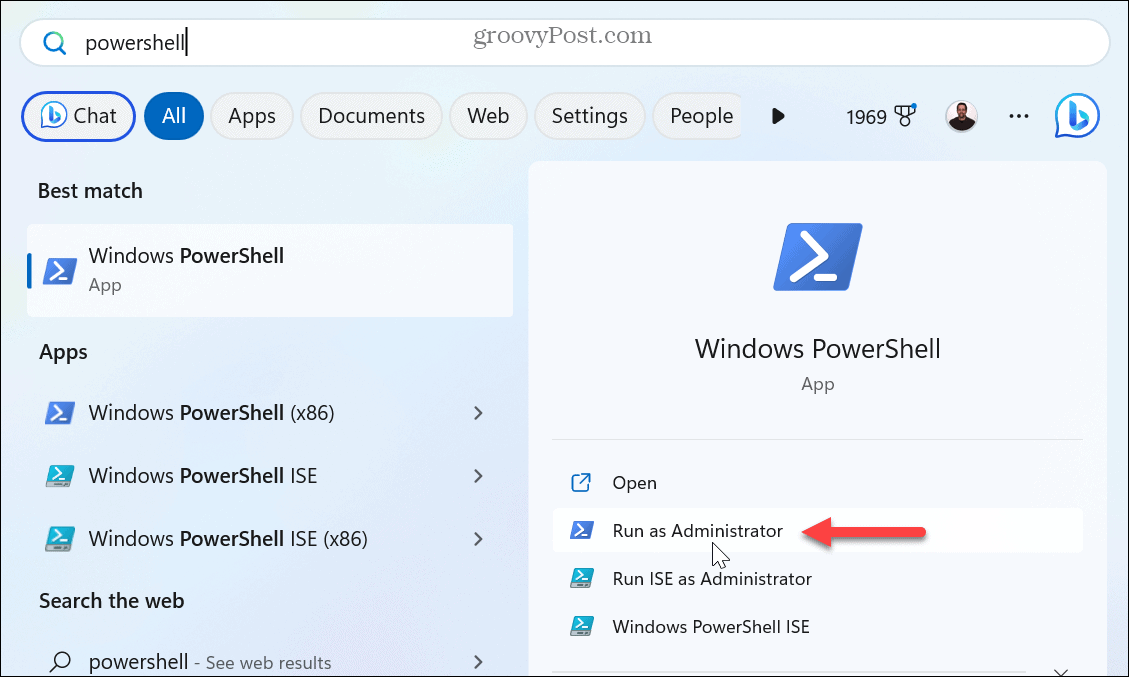The Task Manager utility provides real-time app and system data and is valuable for troubleshooting problems. For example, you can use it to end processes, end app tasks, and find your PC’s uptime. However, if you have an inexperienced user, you might not want certain users to access it and make unwanted system changes. Here’s how to do it.
How to Disable Task Manager on Windows 11 via Group Policy
If you want to restrict Task Manager access, you can use a Group Policy rule to do it. Note: This option uses Group Policy Editor, which is only available on Windows 11 Pro, Education, and Enterprise editions. You can upgrade from Home to Pro or continue to the next step if you’re running Windows 11 Home. To disable Task Manager via Group Policy on Windows 11:
How to Disable Task Manager via Registry
If you’re on a Home version of Windows 11 or you’d simply prefer to use the Registry to disable Task Manager, you can. Note: This process requires you to change values in the Registry. Changing or deleting the wrong value can cause an unstable or unbootable system. Make sure you back up the Registry and create a Restore Point first to recover your PC if something goes wrong. To disable Task Manager using Windows Registry: Task Manager is now disabled, and if users try to open it, they will see the notification that the administrator has disabled it. If you want to reenable it in the future, go back to the Registry and set the DisableTaskMgr value to 0.
How to Disable Task Manager Using the Command Line
If you prefer to use the command line for your system administration, you can use the PowerShell terminal to disable or enable Task Manager. For clarity, you can use these commands with Windows PowerShell, the newer Windows Terminal, or the older command prompt. To disable Task Manager from the command line:
Using Task Manager on Windows 11
Task Manager is a powerful built-in Windows utility that serves many purposes and is vital when troubleshooting problems. But if you don’t want unwanted system changes, disable it for other PC users by using the steps above. There are other things you might want to do with the Windows utility. For example, you might want to make Task Manager always display on top of other windows. You may want to use Task Manager to monitor app power usage. If you prefer a specific section to always appear when you launch Task Manager, you can change the Task Manager startup page. And if you’re still on Windows 10, learn how to make Task Manager open to a specific tab. Comment Name * Email *
Δ Save my name and email and send me emails as new comments are made to this post.
![]()












